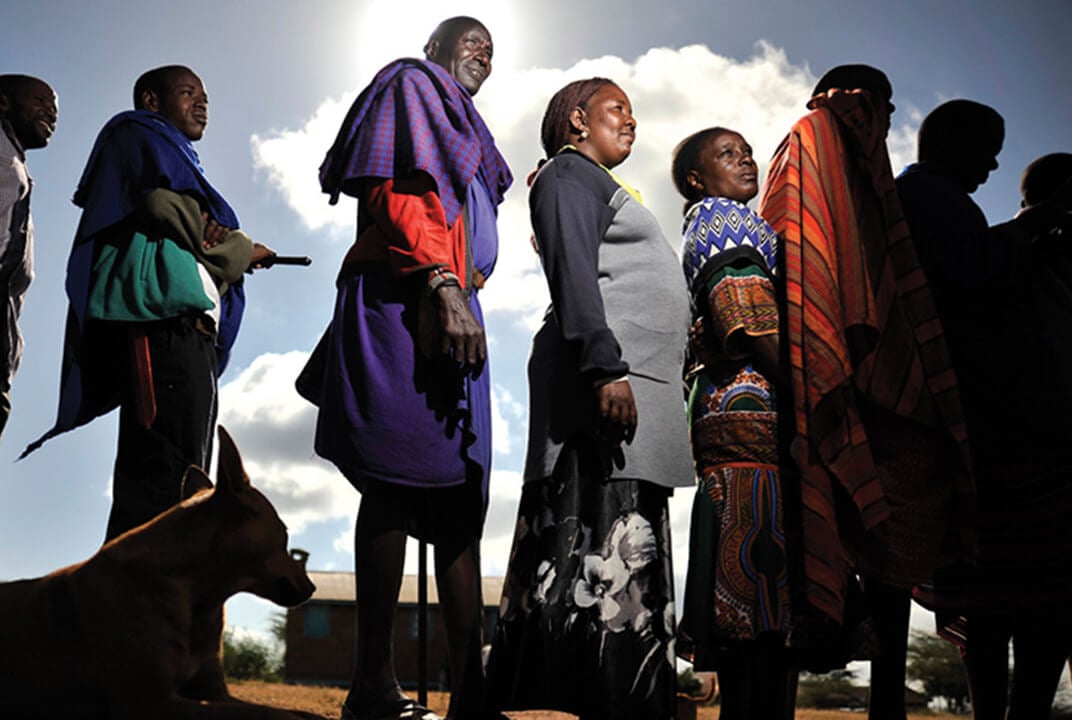Emergency telecoms provided in wake of Cyclone Pam
When category five Tropical Cyclone Pam hit one of the world’s least developed countries, Vanuatu, with wind speeds of up to 270km per hour, the lives of thousands of islanders were put at risk.
The devastating storm ripped through the region of 83 islands of which 60 are inhabited. Initial reports estimate that many houses have been flattened, crops destroyed, islands cut off due to flooding, with scarce fresh drinking water, food and shelter available for the inhabitants.
Télécoms Sans Frontières, the emergency telecoms agency, was one of the first NGOs on the ground, deploying teams to the capital of Port-Vila to carry out assessments, alongside the United Nations Disaster Assessment and Coordination body (UNDAC).
Satellite connection
With telecommunications down across the vast majority of the country and significant infrastructural damage, coordination amongst the islands has been greatly hampered.
On 17 March a TSF team was transported by helicopter into the province of Tafea to establish the first satellite connection on the island of Tanna, using Inmarsat’s BGAN internet service, to support the relief effort coordination of the National Disaster Management Office (NDMO).
TSF will continue to support the NDMO’s assessment efforts through the provision of satellite communications technology to ensure that its Provincial Centres can forward vital reports and observations to the overseeing national body.
Over the coming days, TSF will also be operating with the United Nations as well as the NDMO in the provinces of Torba, Sanma, Penama, Malampa and Shefa to carry out assessments and identify the requirements of the estimated 150,000 affected people.
Inmarsat supports TSF, the only NGO to specialise in emergency telecommunications, with free airtime and financial aid to restore communications after disasters and co-ordinate relief efforts by first responders.

